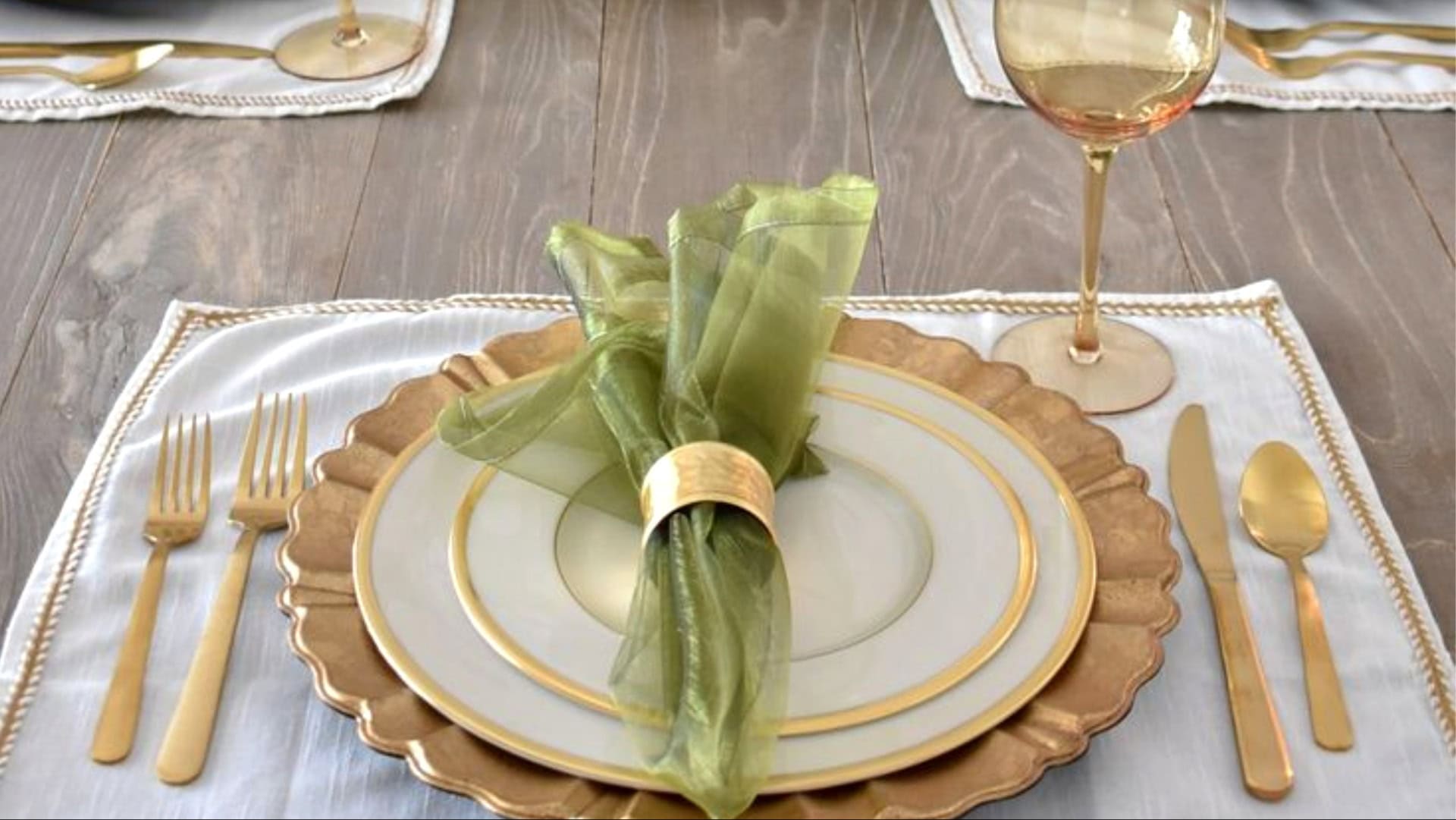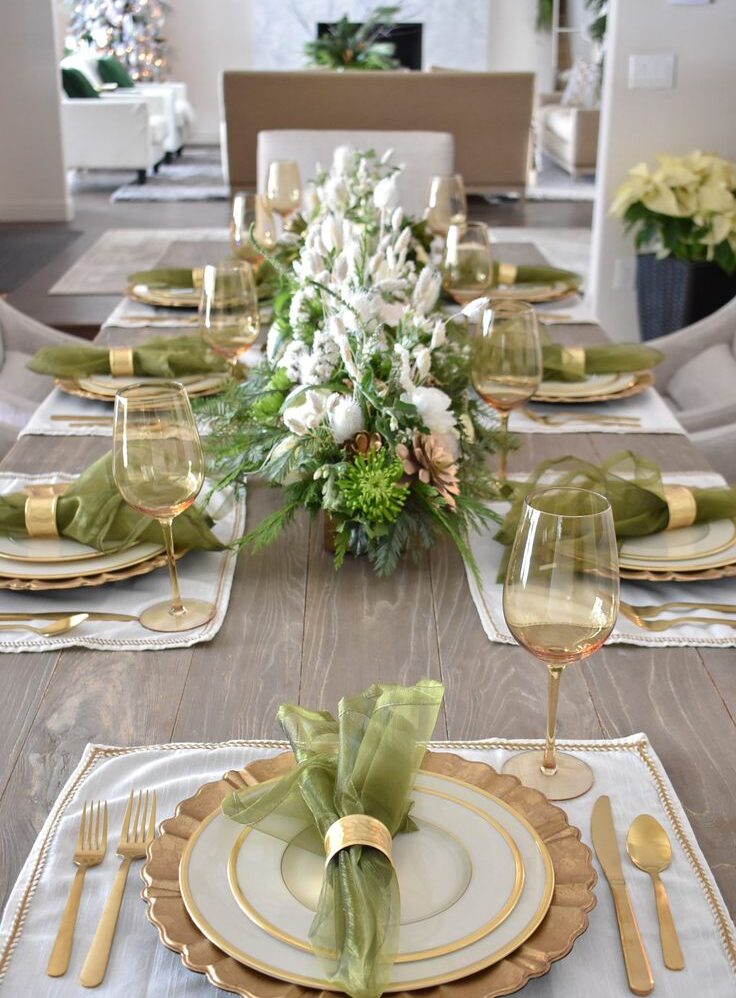Choosing between gold and silver serving dishes can be an exciting yet challenging decision for many.
Each option brings its own charm and elegance to the table, but how do you decide which is right for you?
Let’s explore some pros and cons of each, providing you with valuable insights to make an informed choice.
Here are 10 considerations to ponder as you make your decision on these luxurious tableware options.
1. Aesthetic Appeal of Gold
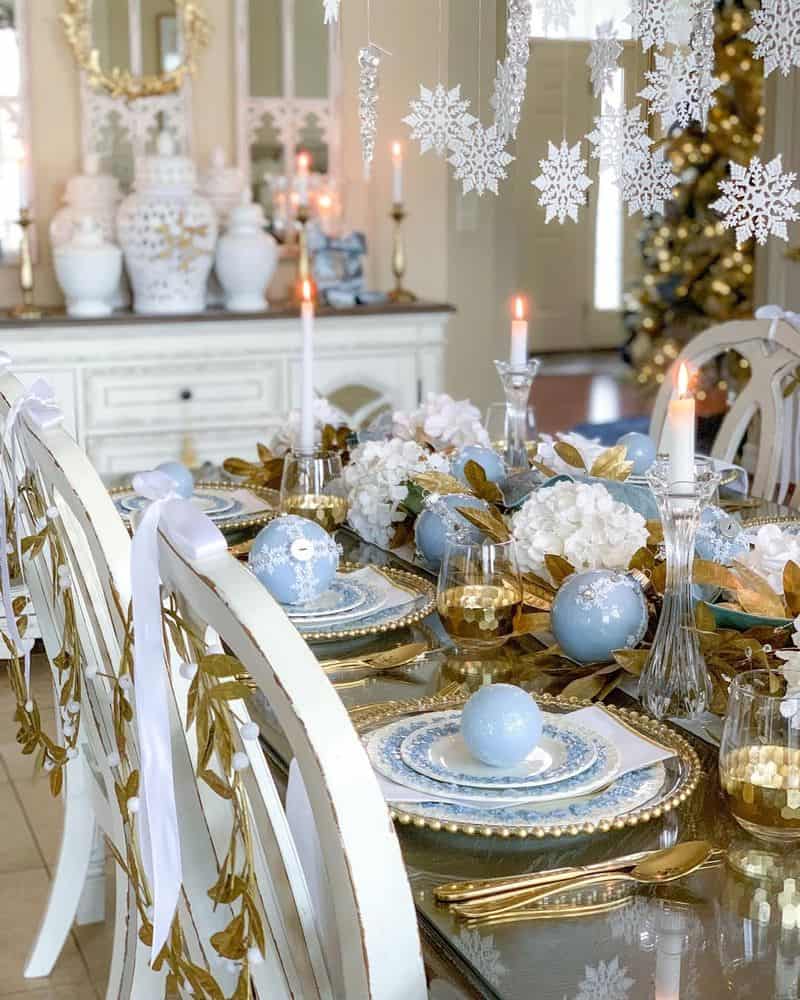
Gold serving dishes exude luxury and opulence, creating an upscale dining experience. Their warm tones are perfect for festive occasions and can complement many color schemes.
However, their bold appearance might not suit every setting. Gold can sometimes overpower a table, especially if the rest of the decor is subdued.
Balancing gold with neutral colors can create harmony. Consider where you will use them. Formal dinners may benefit from their grandeur.
2. Aesthetic Appeal of Silver
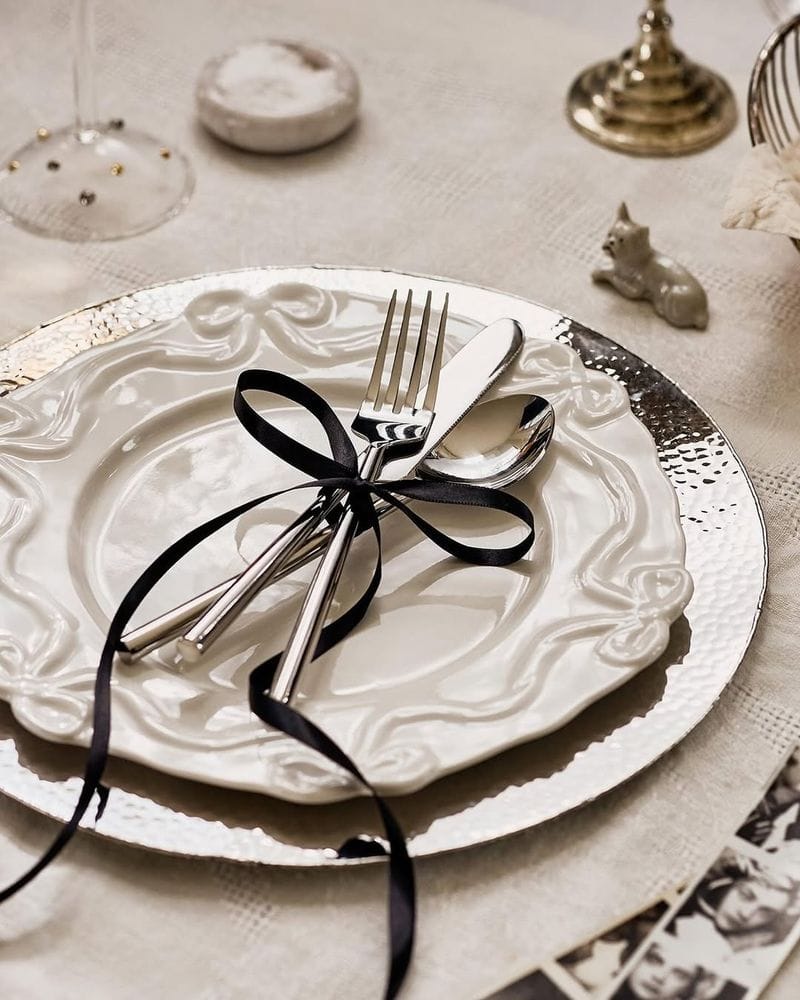
Silver serving dishes offer timeless elegance, fitting seamlessly into both modern and traditional settings.
Their reflective nature brightens the table and complements other metallic elements.
Silver’s versatility is unmatched, easily adapting to various table themes. However, it might lack the warmth gold provides, giving a cooler, more reserved look.
Weighing this against your personal style will help you decide. It’s perfect for understated elegance.
3. Cost Considerations: Gold

Gold dishes are often more expensive due to the value of the metal itself. This cost can be a significant factor in your decision.
While they add luxury, the investment may not be feasible for everyone. Consider how often they will be used. Occasional use might justify the expense.
If entertaining is frequent, the cost could be an investment in style and elegance, making your gatherings memorable.
4. Cost Considerations: Silver
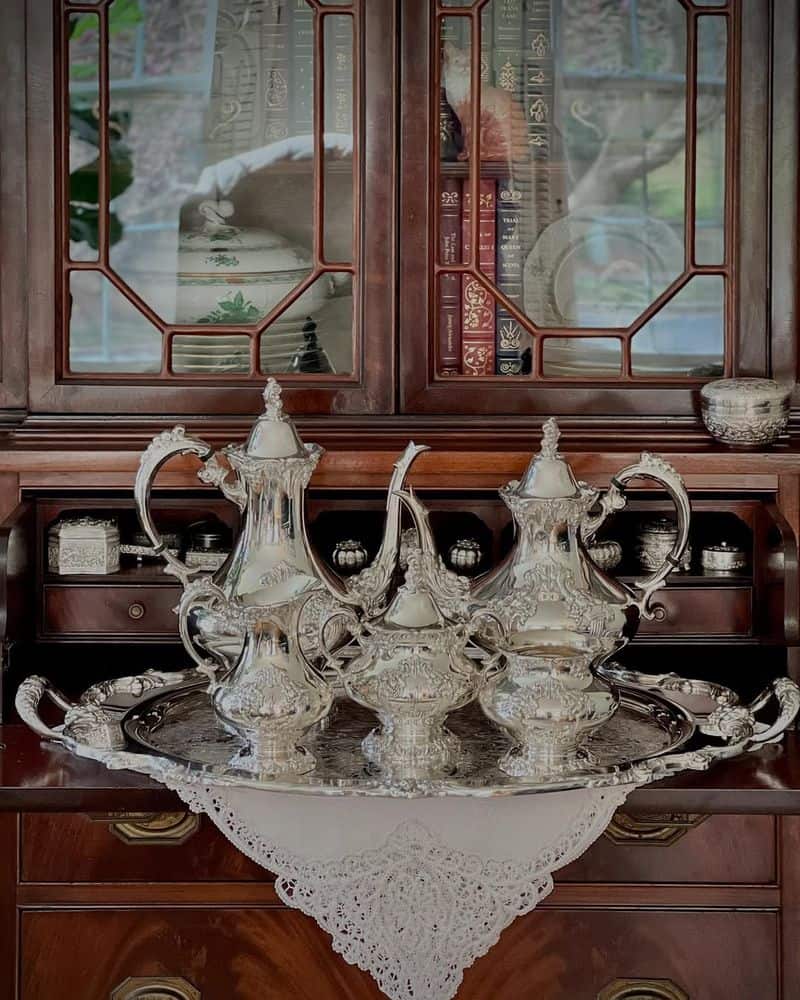
Typically, silver is more affordable than gold, making it a practical choice for many.
This cost-effectiveness doesn’t mean a compromise on elegance, allowing you to have style on a budget.
Silver’s lower price point may enable a larger collection, providing variety and versatility.
Consider your budget and the frequency of use when deciding. Silver offers a great balance of beauty and affordability, suitable for both casual and formal settings.
5. Maintenance of Gold Dishes
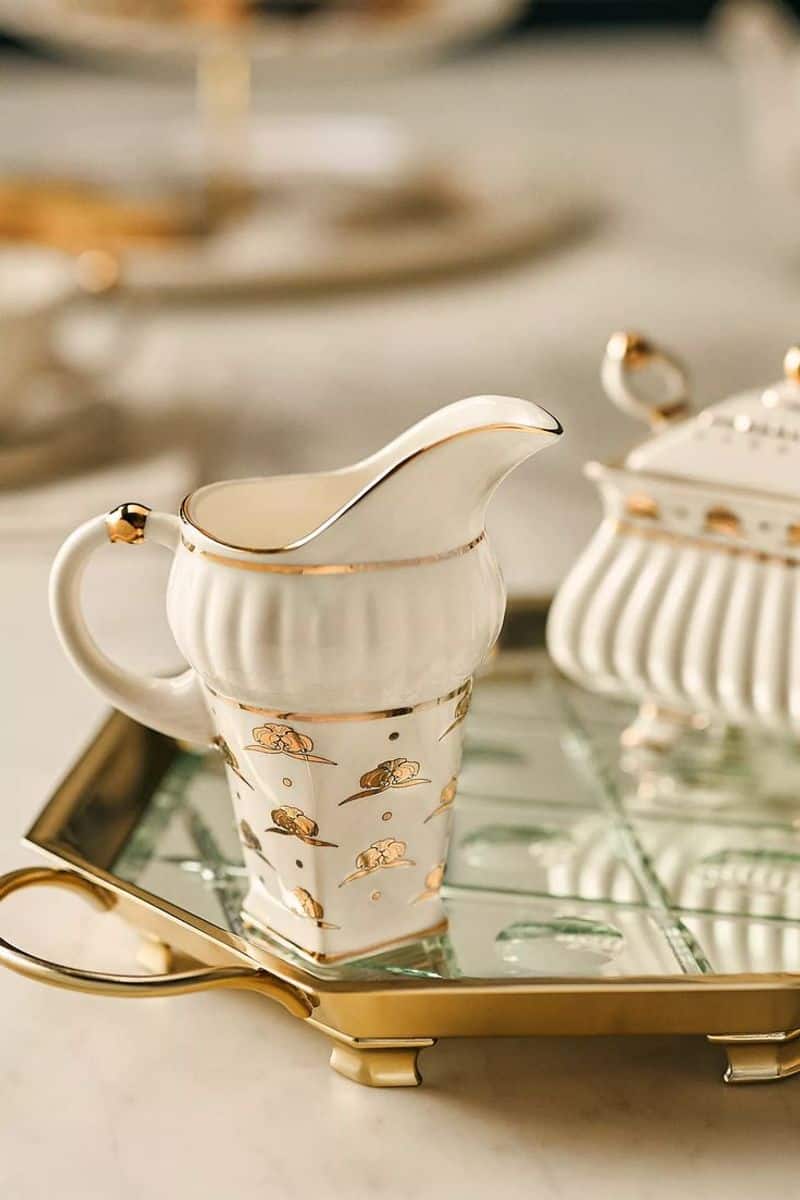
Gold serving dishes require careful maintenance to retain their shine. They resist tarnishing better than silver, minimizing upkeep.
However, they can still scratch easily and need gentle handling. Using non-abrasive cleaners and soft cloths will preserve their surface.
Consider your willingness to invest time in maintenance when choosing. If care isn’t an issue, their lasting beauty can make them a worthwhile choice.
6. Maintenance of Silver Dishes
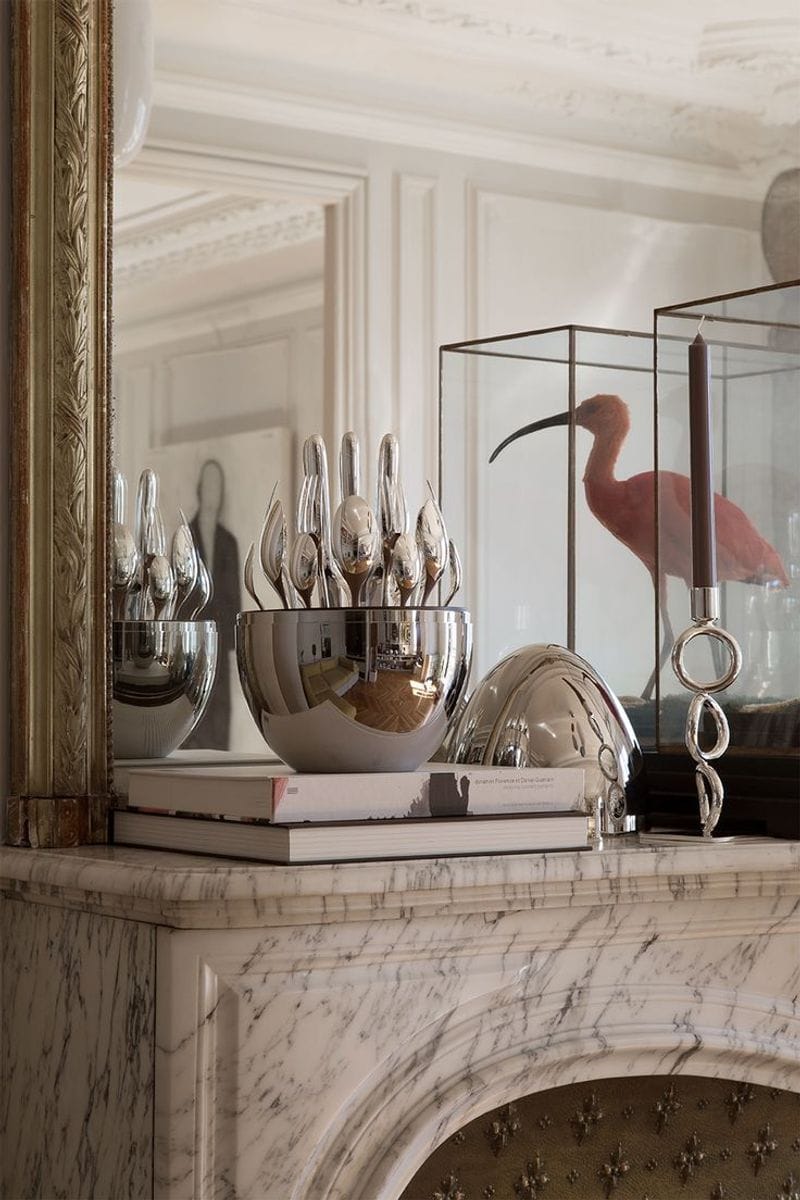
Silver dishes require regular polishing to prevent tarnish, which can feel like a chore. This is a consideration if ease of upkeep is important to you.
While they may require more care, the sparkle of freshly polished silver can be rewarding. Investing in quality polish and cleaning tools is essential.
Consider your lifestyle and available time for maintenance. If you enjoy the process, silver’s gleam is a rewarding payoff.
7. Durability of Gold Dishes
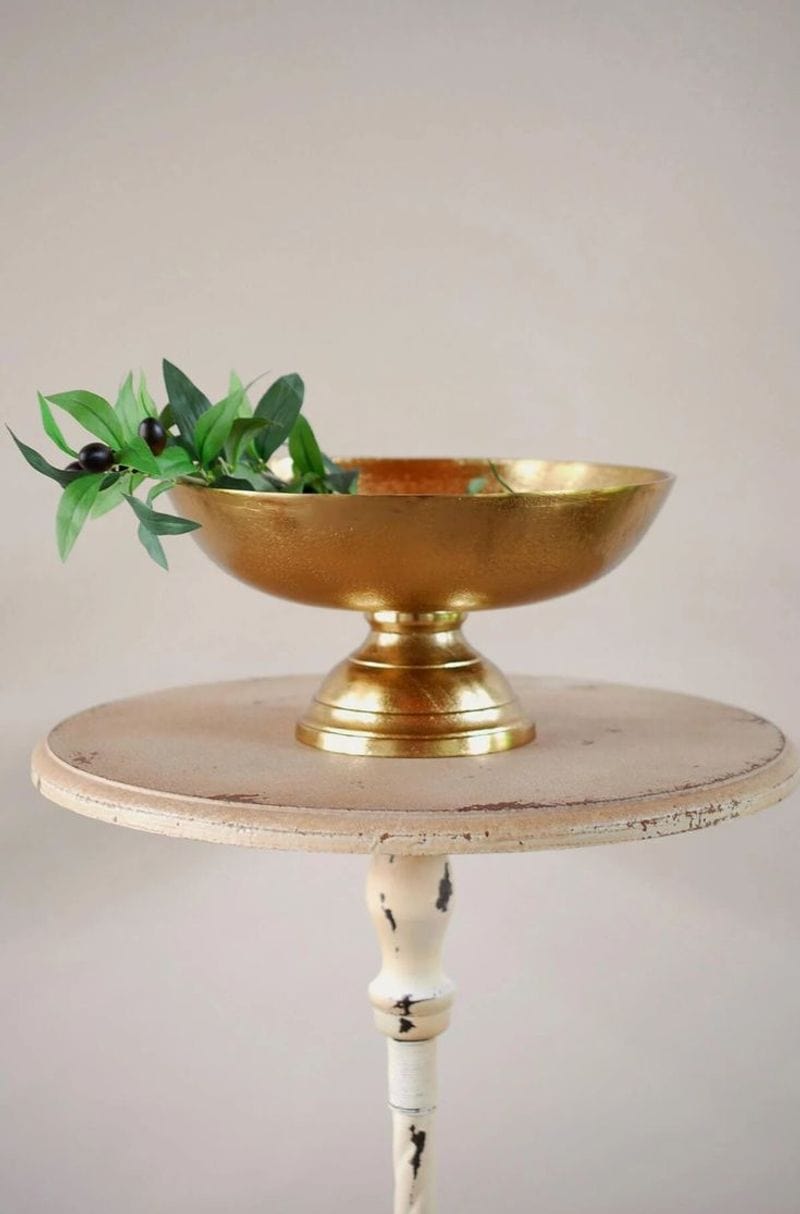
Gold serving dishes are known for their durability due to the metal’s inherent strength and resistance to corrosion.
This makes them a long-lasting option for those looking to invest in quality.
Despite their resilience, they can be prone to scratches and require careful handling.
If you’re considering long-term use, gold’s robust nature could be an advantage, ensuring that your tableware remains a cherished part of your dining experience.
8. Durability of Silver Dishes
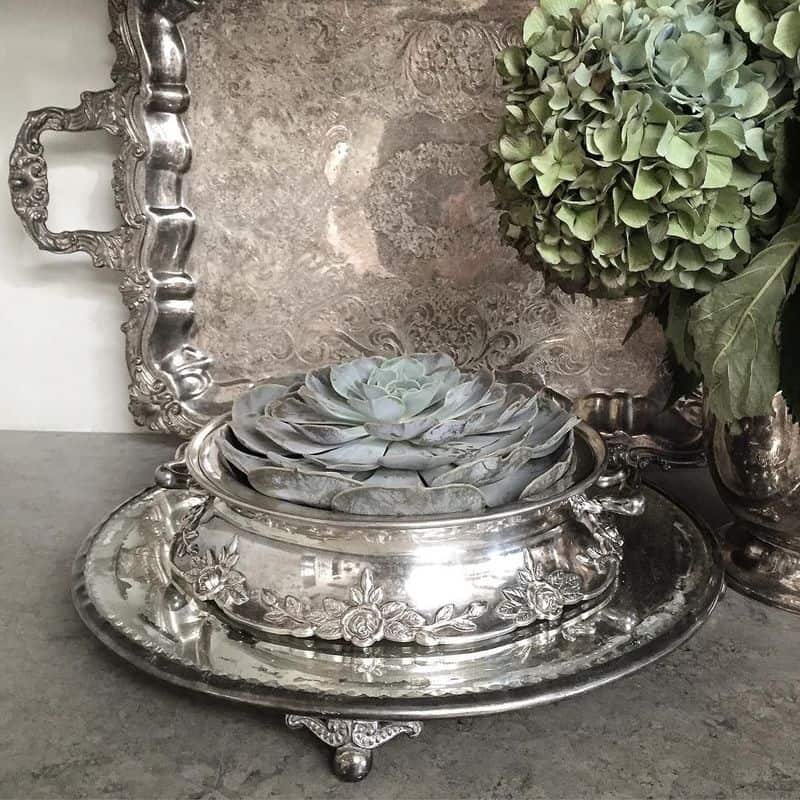
Silver dishes are relatively durable, though not as robust as gold. They can endure regular use but may show signs of wear over time.
Their longevity can be extended with proper care and maintenance, such as regular polishing. Consider how gently you can handle and clean.
If durability is a top priority, silver may require more attention to maintain its pristine condition, but it can still be a worthy choice.
9. Versatility of Gold Dishes
Gold dishes offer versatility in elegant settings, especially for celebrations and formal gatherings. Their opulent appearance can elevate any occasion.
However, they may not be suitable for everyday use, where a more subtle touch is preferred. Consider your lifestyle and the types of events you host.
Gold’s brilliant allure is perfect for special occasions, providing a glamorous touch to your table.
10. Versatility of Silver Dishes

Silver’s classic nature makes it a versatile choice, adapting well to both formal and casual occasions. Its timeless appeal can enhance any table setting.
Silver is suitable for daily use, offering a touch of elegance without being overbearing.
Consider your entertaining habits and the atmosphere you wish to create.
Silver’s understated charm and adaptability make it a favorite for various events, ensuring your table always looks its best.

